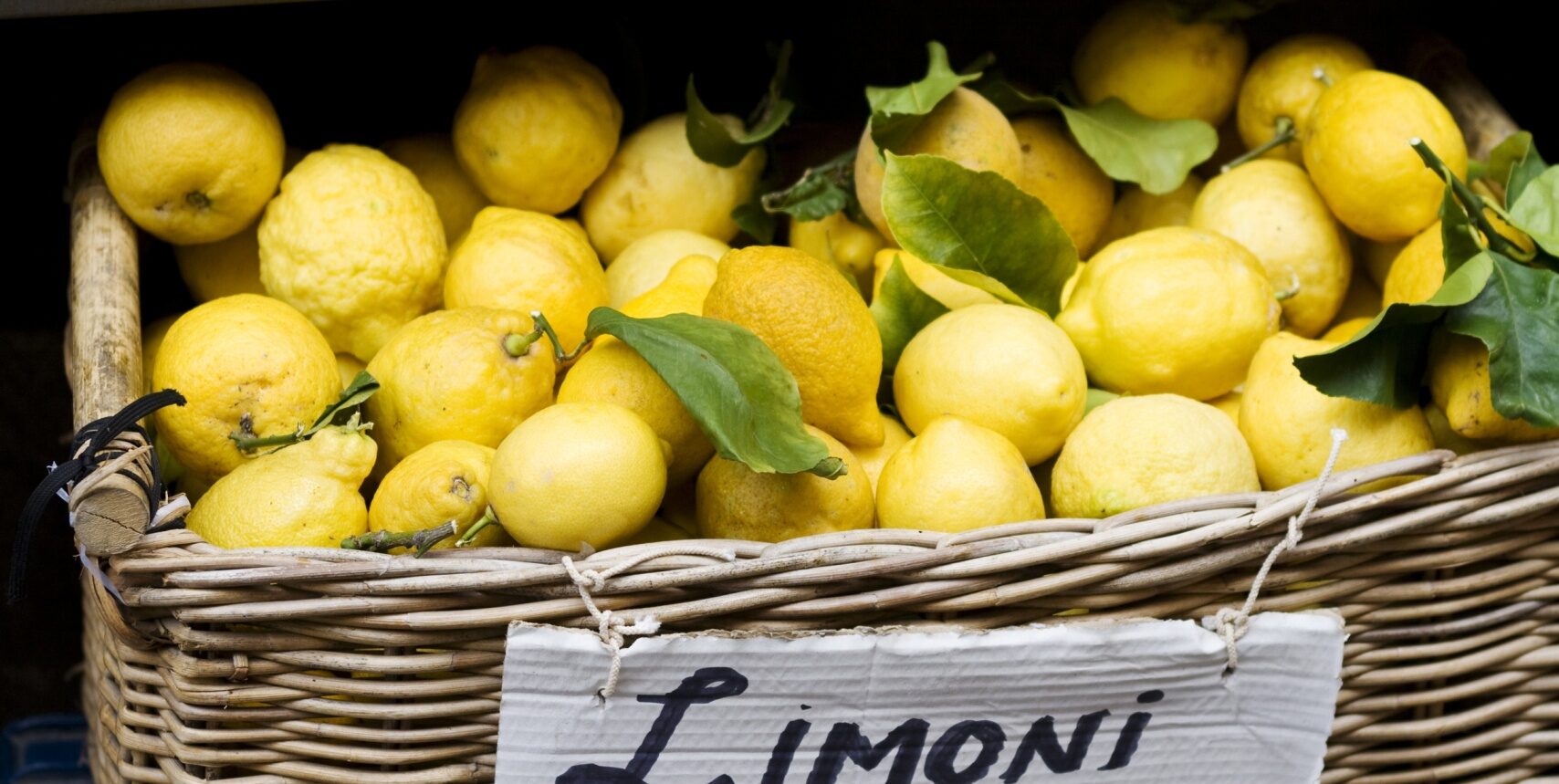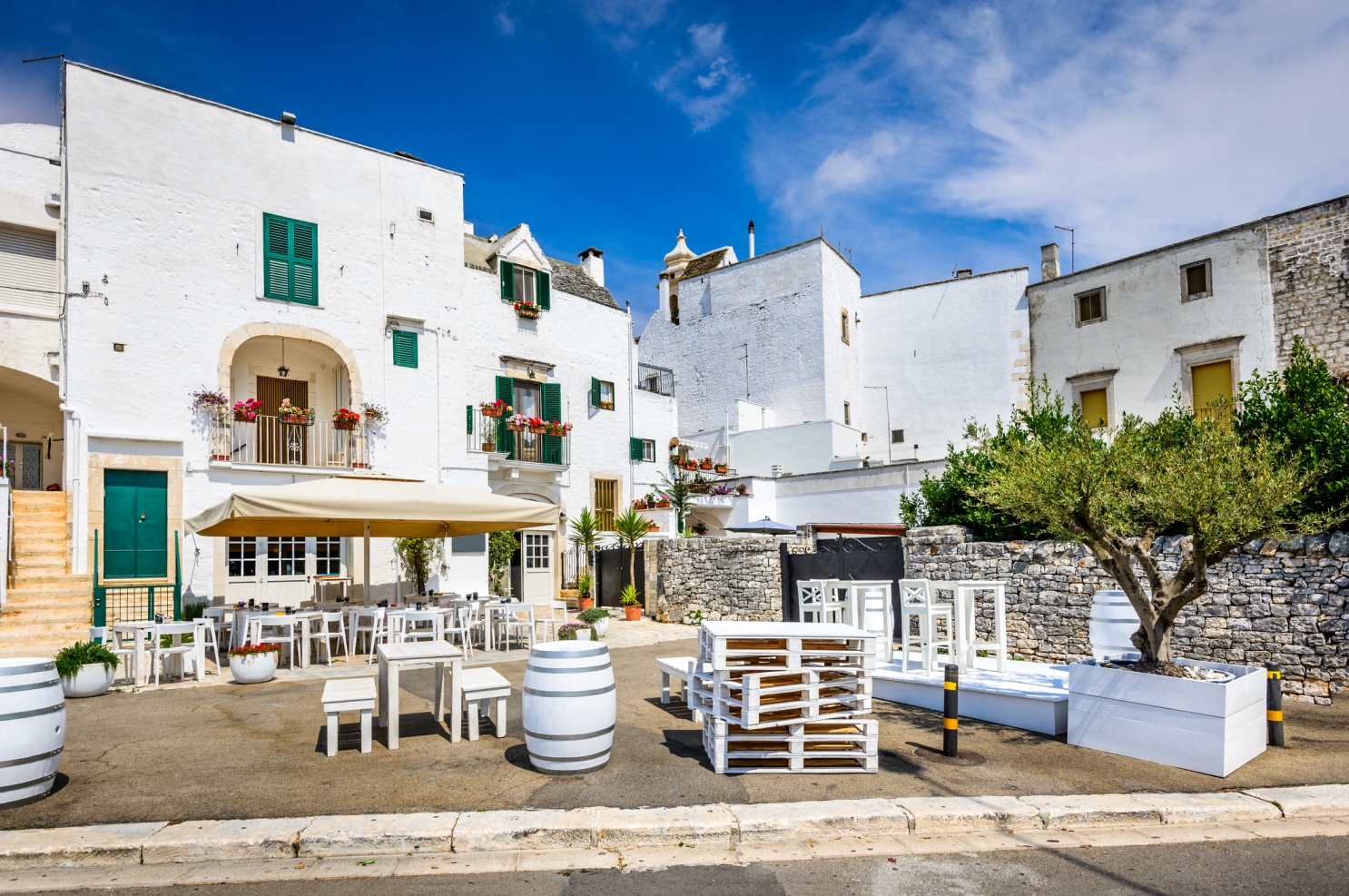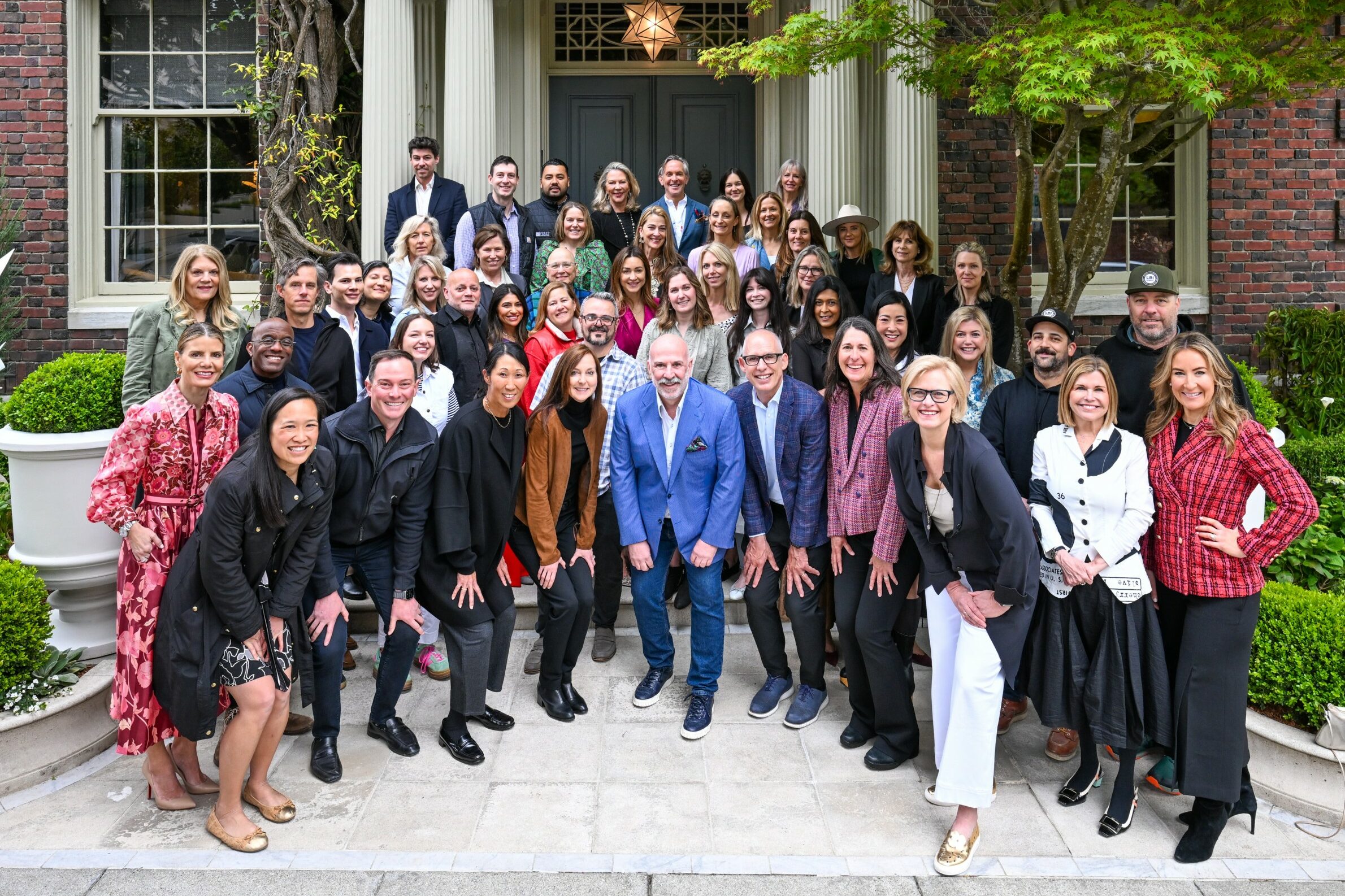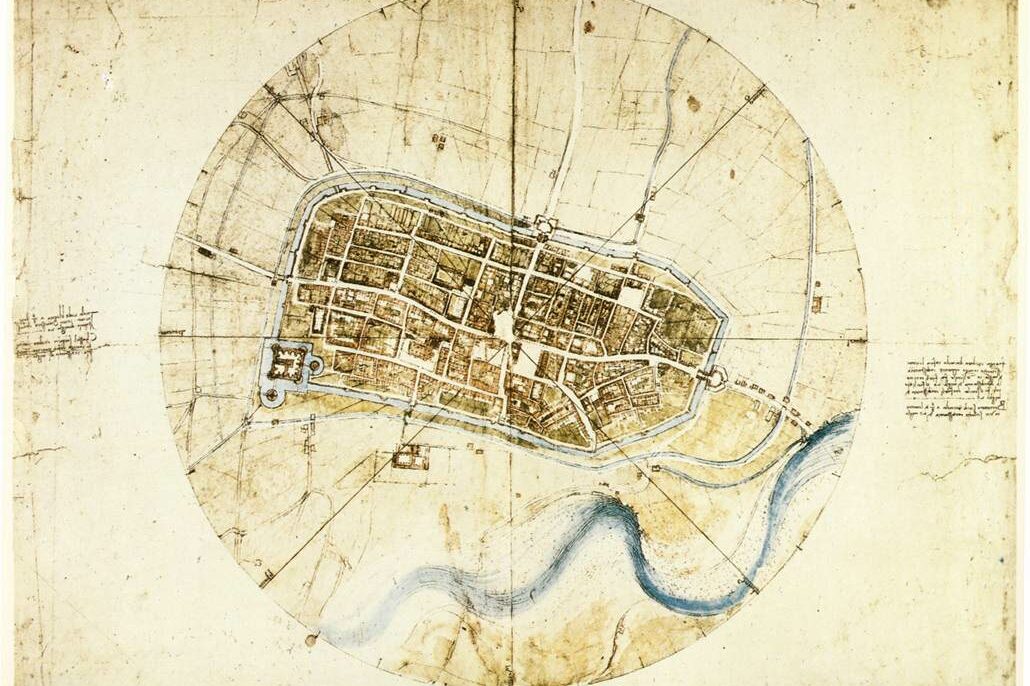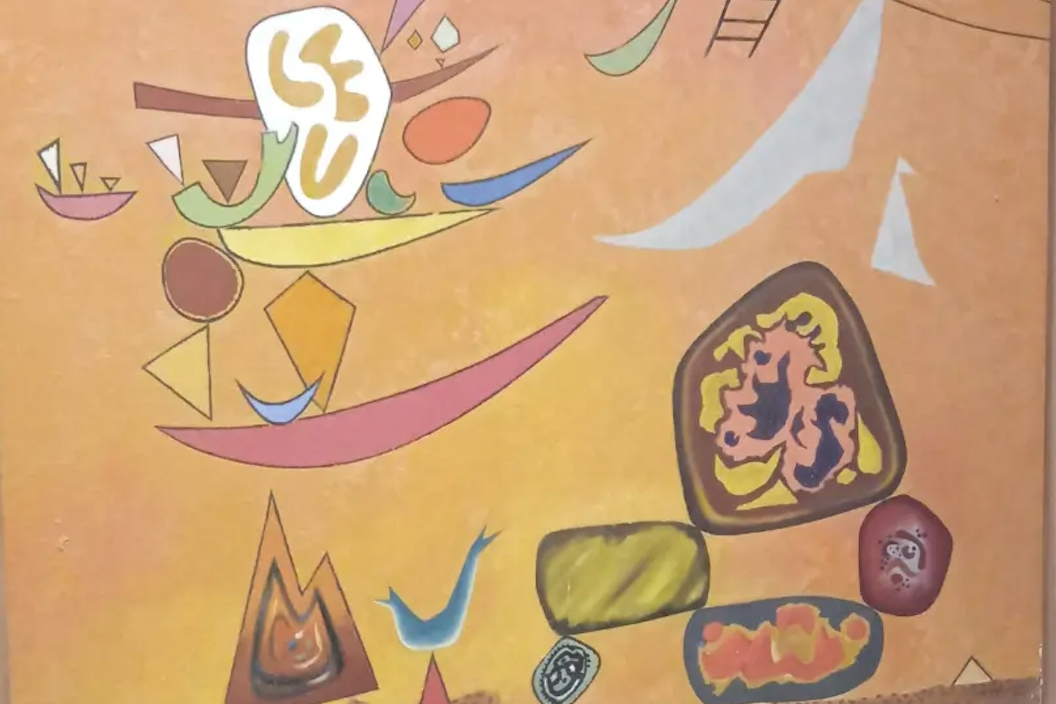On Saturday morning, a friend called to seek my advice on that evening’s dinner.
“My boyfriend and I are making poached salmon with truffles and shrimp in a cream sauce,” she said. “What type of wine should we drink?”
I could see her conundrum. Salmon and shrimp suggest a dry, refreshing white. But a cream sauce could bludgeon a delicate wine. And anything red – even something soft and light, like a Pinot Noir – probably wouldn’t complement the dish.
That’s why the answer was simple.
“Just go with Champagne,” I answered. “It’ll work perfectly.”
Later that evening, my friend confirmed that the wine was an ideal match.
“Plus,” she said, “It was fun to drink Champagne with dinner, just like real wine.”
Indeed.
Year after year, France’s big Champagne houses spend millions trying to convince us that Champagne is best enjoyed when celebrating. That might be true — after all, wine shops see a huge spike in sales around New Year’s and Valentine’s Day, and it is fun to drink Champagne on a special occasion.
But Champagne and other sparkling wines deserve a spot at the dinner table all year long. Most sparklers are characterized by vibrant acidity and freshness, which help them cut through spicy meals, complement savory food, and elevate even the simplest of dishes.
Real Champagne is quite pricey, obviously. Under European Union trade laws,
wine can only be sold as “Champagne” if it comes from the Champagne region of France and is made in accordance with a number of regulations. Most notably, Champagne must be made in the “traditional method” — an expensive, multi-step process — and produced, generally, from Chardonnay, Pinot
Noir, and Pinot Meunier. Consequently, even “budget” options cost about $40 per bottle.
Fortunately, there are plenty of affordable sparkling wines from regions outside Champagne.
Within France, sparkling wines labeled as “Cremant” are produced using the traditional method and winemakers must follow a number of strict rules. Sparkling wines from Burgundy — called Cremant de Bourgogne — have long offered exceptional value. Because the region grows the same grape varieties as Champagne, top examples can often pass for the real thing. And they’re typically just a fraction of the cost — many can be found for less than $20.
In the United States, wines labeled as “Methode Champenoise” are also produced in the traditional method using the same grape varieties as Champagne. For about $25, it’s hard to beat the entry level bottlings from Domaine Carneros, Roederer Estate, and Argyle.
For less than $15, Cava — a sparkling wine from Spain that’s produced like Champagne but
using native Spanish grapes — is the best option.
Of course, nothing beats the real thing. And fortunately for American consumers, there’s never been a better time to explore Champagne.
For years, the American market has been dominated by large producers like Moet & Chandon, Piper Heidsieck, and Veuve Clicquot. These companies purchase their grapes from growers across Champagne and blend their wines to deliver a consistent, high quality product year after year.
In recent years, however, wine enthusiasts have gone gaga over “Grower Champagne,” or wines made by the farmers who grow the grapes.
Just as we understand why an apple grown in Virginia tastes different from an apple grown in Massachusetts, we understand why a Chardonnay produced in Sonoma tastes different from a Chardonnay produced in Napa. Champagne is no different. And Grower Champagne conveys a sense of place — something that large producers simply can’t offer.
Today, Grower Champagne accounts for only about 4 percent of America’s Champagne market. But that percentage has been rising quickly, thanks to a few key wine importers and America’s growing obsession with knowing the source of our food. Indeed, wine enthusiasts call grower Champagne “farmers’ fizz.”
Grower Champagnes are still quite expensive. Basic offerings from some of my favorites — Chartogne-Taillet, Egly-Ouriet, Pierre Peters, and Vilmart — still cost upwards of $50. But when compared to the large Champagne houses, these wines represent a good value, as Growers don’t have marketing expenses or bureaucratic bloat.
So next time you feel like splurging, pick up a bottle of Grower Champagne. And next time you sit down for dinner — especially if you’ve prepared something with a cream sauce — go for something that sparkles.
David White, a wine writer, is the founder and editor of Terroirist.com. His columns are housed at Wines.com, the fastest growing wine portal on the Internet.



